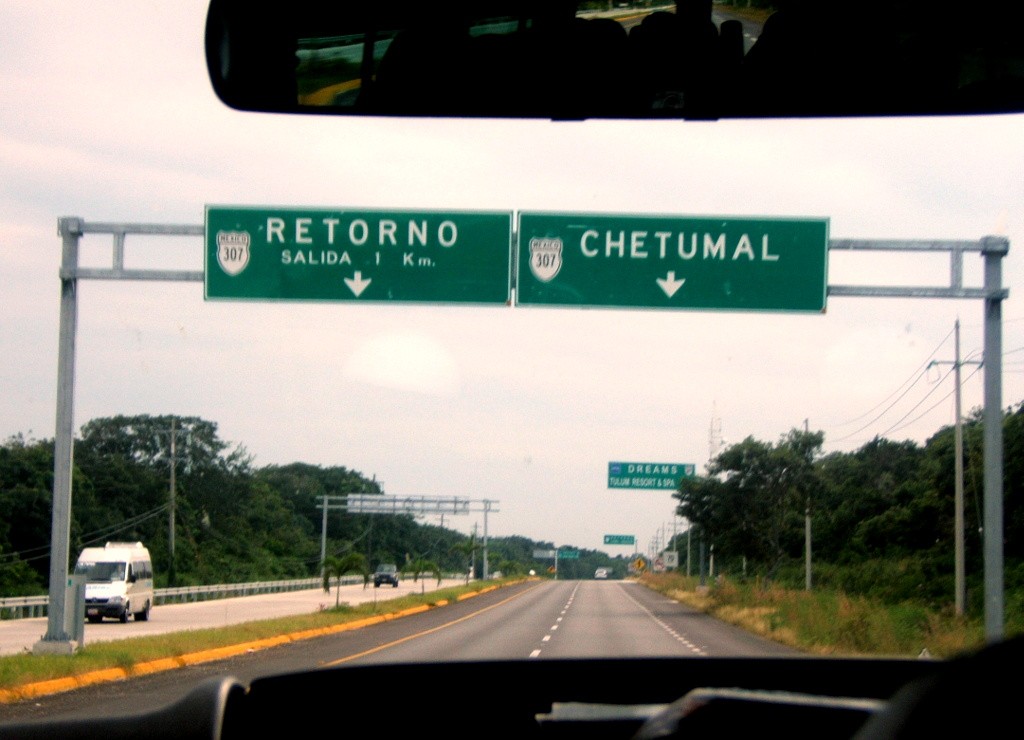My wife and I were driving down Highway 307 through the Yucatan last week, on our way to a vacation in the sunny climes south of Tulum for the Thanksgiving holiday. We were passing through the region below Cancun known as the Mexican Riviera, an area that’s home to countless seaside mega-resorts that lure tourists from all over the globe. A flashy billboard caught my eye. It asked an interesting question: “When was the last time you did something for the first time?”
Whoa. Let that sink in. So deep.
The billboard was decorated with illustrations of people scuba diving, hang-gliding, and wind-surfing — all presumably activities that one might do “for the first time.” But that question stuck with me, and it got me to thinking — because what else do you do when you’re on a long drive?
One reason travel is exciting and appealing is because almost everything you do is something you’re doing for the first time — walking a fresh beach or a deep jungle trail, finding a hidden cenote, tasting street food in a tiny village, listening to a strange orange bird in the tree outside your window singing a foreign song. You are alive, open to the world, all your senses fully engaged in ways they are not when you’re in your workday routine. We crave the “new” like a drug.
Travel awakens us, gives us new day after new day. Travel makes us realize how easily we fall into patterns that shorten our days into routines that pass the time but don’t accomplish much else. Most of us are tied to our phones and social media during our waking moments. Why? Because, social media offers stimulation, stuff we read “for the first time” — information we can share or respond to. It’s almost like mini-travel, an escape from work or day-to-day drudgery. It’s “news.” What’s Trump done now? They fired Fizdale? What did Roy Moore say? Garrison Keillor did what? And always, of course, What’s Trump done now? But like cheap tequila, the buzz wears off, and you’re just reading out of habit — or routine. Digital stimulation pales in comparison to the real thing.
In Mexico, I took long sunrise walks on the beach. I spent hours lying in the sand, listening to the surf, smelling the sea air. I thought a lot about how to bring the sense of joy that travel brings back home, about ways to make each day a fresh adventure, even if it involves going to work five days a week and sleeping in the same bed, night after night.
I kept coming back to that billboard in my mind, and the concept of doing something for the first time. I thought about the quote from Heraclitus (I was deep into my third cup of Mexican coffee and on a beach, so cut me some slack.): “No man ever steps in the same river twice, for it’s not the same river and he’s not the same man.” And I thought about the zen concept of being present in each moment, about finding enlightenment by simply being aware that everything is new in every breath you take.
I decided the answer to the question, “When was the last time you did something for the first time?” is always, “Now.” And I resolved to keep my senses open and look for ways to break up my daily routine when I returned to Memphis. I would get up early and do yoga. I would bike to work. I would make ceviche for dinner, and learn to speak Spanish.
Then I ordered a bloody Mary and checked my Twitter feed.
